Art lives in everything that we do. The presence of cave paintings suggests that art has been in existence for thousands of years, and it probably served different purposes depending on the era that it was created.
In a way, art has always been a means of expression—a way to differentiate individuals, cultures, and traditions from their contemporaries.
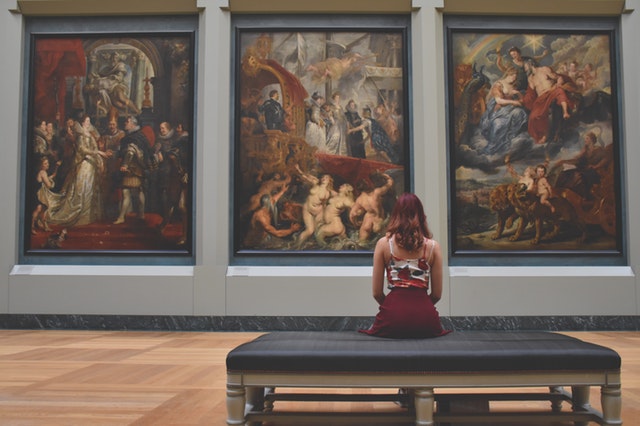
Pursuing Art History: Why It’s Worth The Effort
Being exposed to a wide variety of artworks will give you a clear-cut idea that the art from 500 years ago is drastically different from those of today—from the medium used, techniques, styles, subjects, and even artists’ motivations.
Whether you simply like to appreciate art or you want to create it yourself, studying how it evolved can help take your passion to the next level. If you’re the type of person who fully believes that “art is life”, an art history degree can perfectly complement that passion.
Surely, you’ve been dipping your toes in the world of art for some time now. But, are you ready to dive headfirst into its history?
If you’re still thinking it over, here are 5 reasons why it might be the best academic path for you:
1) Gain Art Knowledge That Can Take You Overseas
Art is typically associated with the great creators of the Renaissance era, but amazing art can be from anywhere else in the world.
Hence, if you want to travel abroad so you can geek about the art you love in the cities they were born in, an art history degree can give you the chance to work and “play” in those places at the same time.
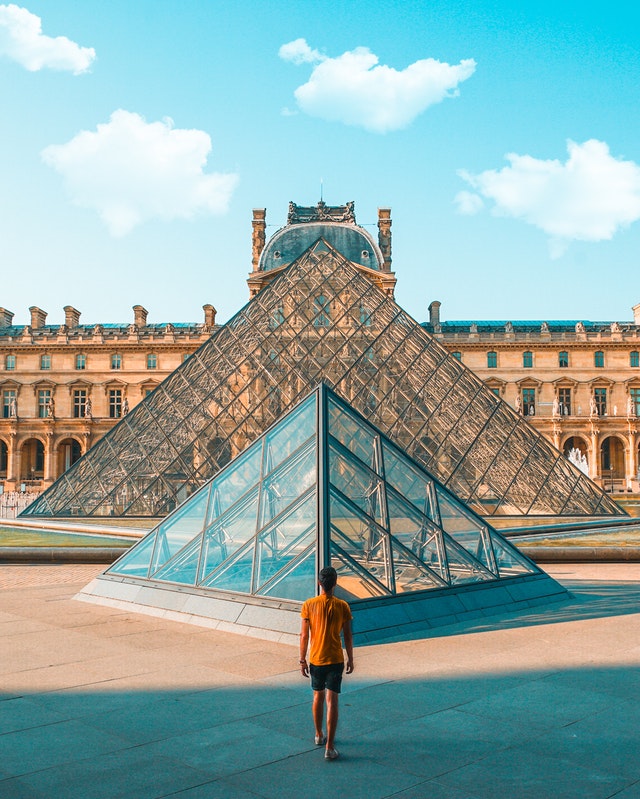
2) Learn How Art Evolved Across Millennia
As an art lover, you’re likely obsessed with details in one way or another. Such obsession with details typically leads you to recognize patterns after becoming familiar with works that have a particular aesthetic. If this is something you love doing, you’ll definitely enjoy art history.
That’s because it involves looking at a wide range of artworks—ones that span millennia. You’ll learn why art in a particular place evolved in a certain manner, how the time period gave birth to certain styles, and why certain subjects became popular during an era, among others.
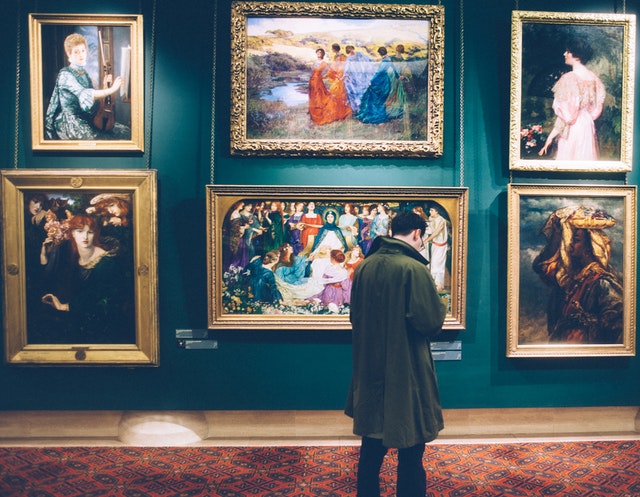
3) Understand The Contexts In Which Artworks Are Made
People are motivated to make art for different reasons. For instance, what may have been a revolutionary subject a century ago may be a subject that an artist of today can choose to do without any deeper meaning and vice versa.
The context can also be cultural in nature, in which certain elements are considered sacred or symbolic. Studying art history will open up your mind to both the radical and mundane ideas that inspired art subjects across different eras and cultures.

4) Discover Art Mysteries With The Help Of Technology
Art hasn’t always been straightforward. This is why until now, we’re still dealing with a lot of art mysteries, especially those that involve works of famous artists. There are also instances when people think they already have it all figured out, then new, intriguing details about the artwork suddenly emerge.
If you have a penchant for solving real-life puzzles, studying art history can eventually get you into careers that focus entirely on discovering art secrets from hundreds or thousands of years ago.
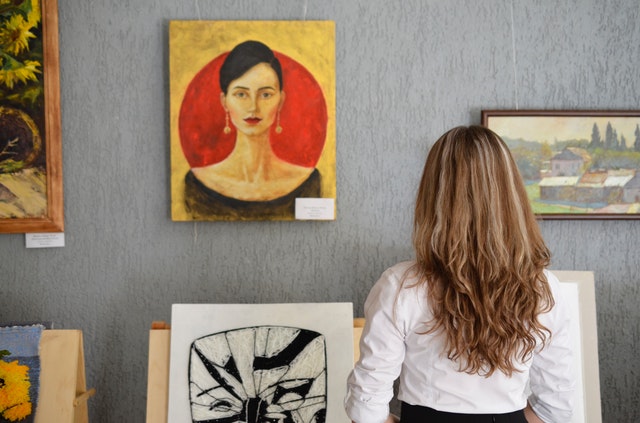
5) Share Your Art Passion With Those Who Are Just As Passionate
Your passion for art may be so infectious that even those who aren’t initially interested in it may become curious. This kind of passion is exactly what future art students need in a mentor.
With an art history degree, you can help students love art even more.
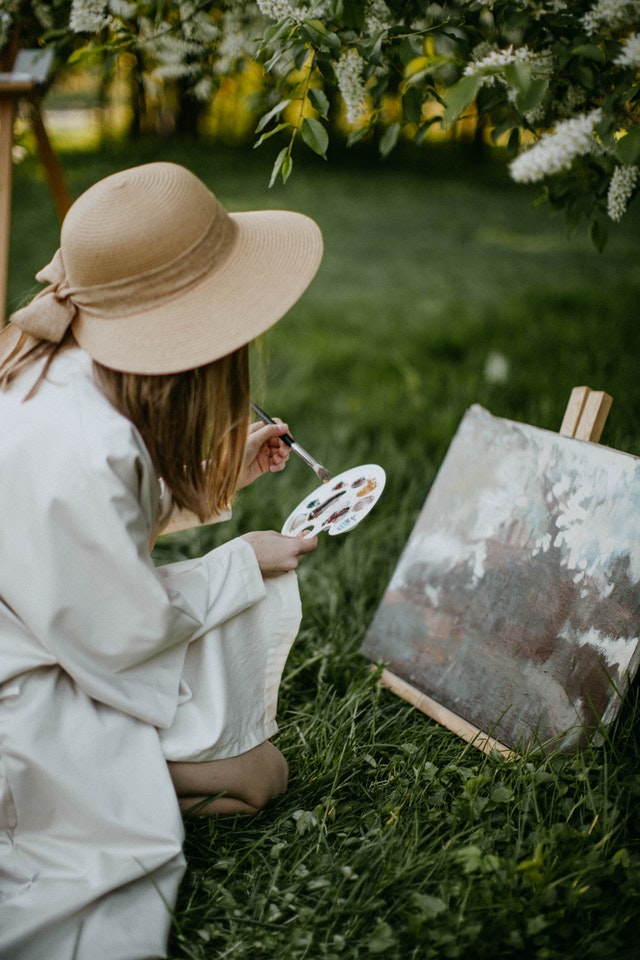
Take Your Love For Art To A Deeper Level With An Art History Degree
Art history isn’t only concerned with facts and figures, but it’s also highly visual in nature. After all, you’ll need to see actual examples of the concepts that you’re trying to learn. If you like both art and history in general, art history is something that you’ll greatly enjoy.
Meanwhile, if you’re an artist who’s genuinely curious about various art concepts throughout time, art history will be a fitting course for you. Studying what famous artists had done in the past will help you further appreciate the styles you currently use for your own art.
Words may be unintelligible to others who can’t speak the same language, but art is transcendental. It doesn’t need words to communicate, and it’s always open for interpretation, depending on the viewer. An art history degree can help you communicate with others more clearly using art.




